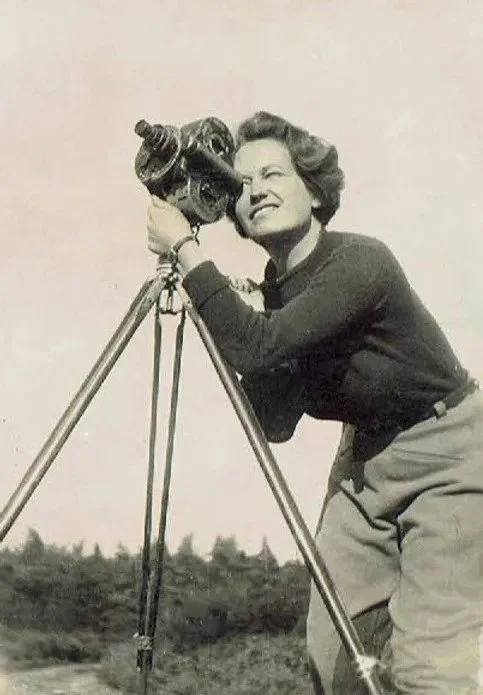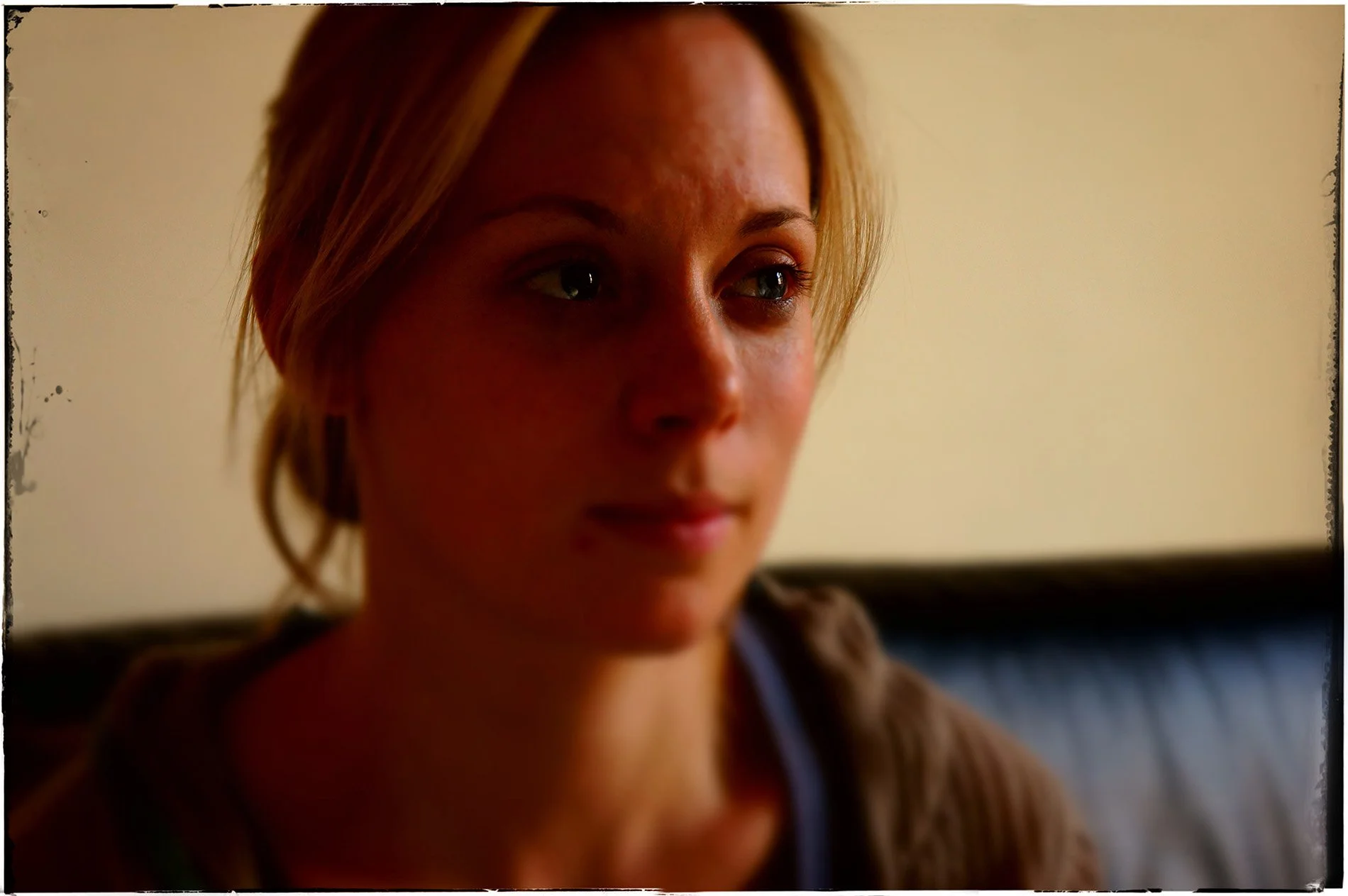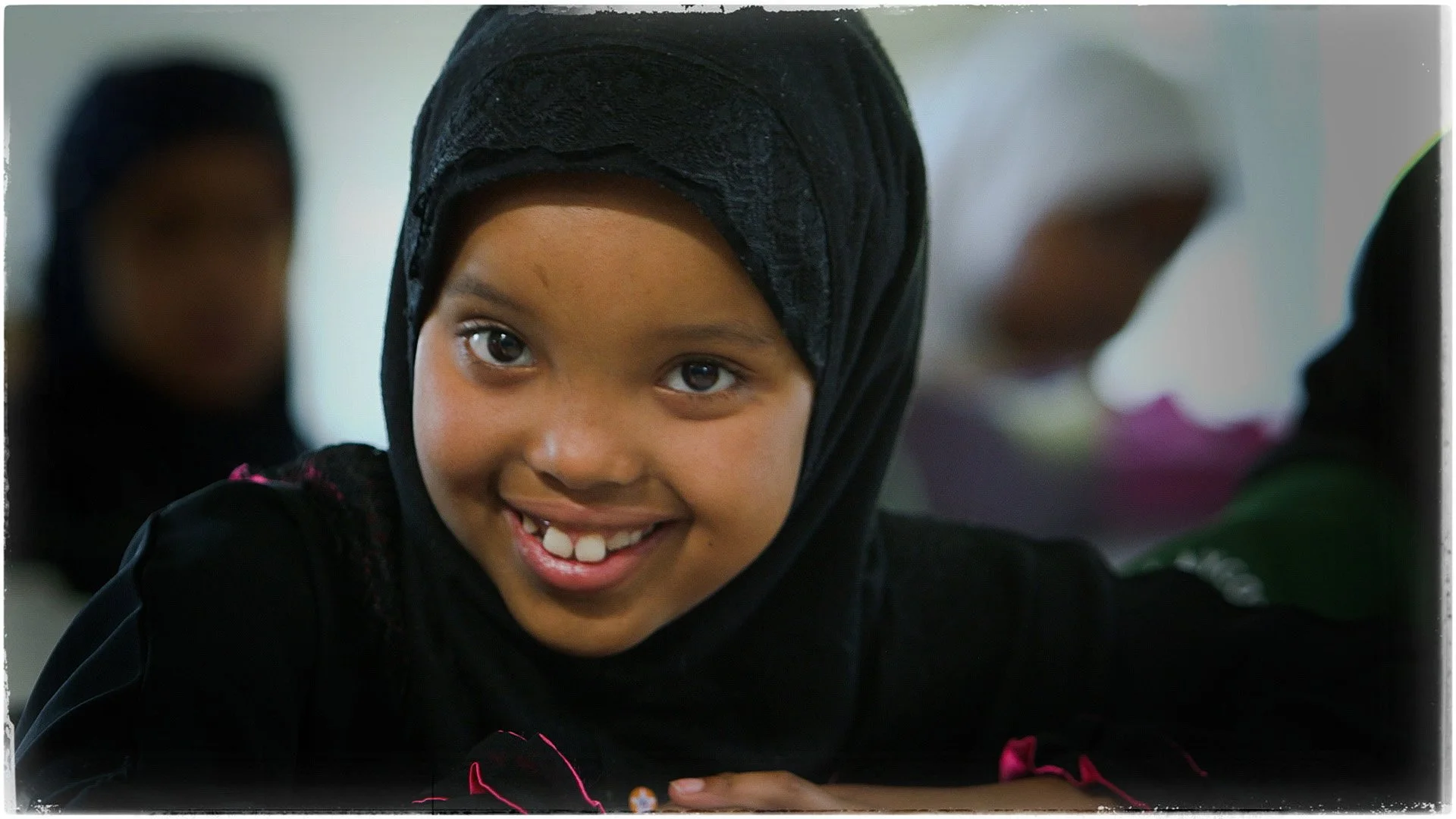The Camera Is Yours!
HOW DO STORIES WORK?
PART 6: The Channel for Empathy: the power of personal testimony in film
DEAR STORYTELLER,
The non-profit sector shares a collective vision of a better and fairer world. We are guided by principles and beliefs that unite us in a common purpose, committed to nurturing and safeguarding the vulnerable and neglected. Our mission is to empower individuals and communities, ensuring their voices are heard, their inherent value acknowledged, and their shared humanity embraced. Sharing personal stories is a big deal for us because it's the key to making real, impactful change happen.
This broad sense of purpose is also the foundation of the documentary tradition, especially in Britain, where films evolved as a medium to expand our horizons- to reach out and understand beyond the confines of our own perception.
While John Grierson is widely acknowledged as the key figure in establishing this tradition, it is his less-celebrated sister, Ruby Grierson, who is the real standard bearer for this work. It was Ruby who first took her heavy equipment into the slums of East London to record the personal testimony of the people living there.
“The camera is yours. The microphone is yours.
Now tell those bastards exactly what it’s like to live in a slum”.
– Ruby Grierson
With this rallying cry, she empowered her contributors to speak directly to the camera, to the viewer, and to the world.
Ruby Grierson
It is that spirit of Ruby Grierson that drives my approach to filmmaking — purpose driven film advocacy to harness the power of personal testimony as a channel for empathy.
When combined with thenarrative structure of personal transformation, empathy has the power to draw the viewer in, to break down boundaries, and to cross enormous barriers of perceived difference and tired indifference.
But how do you channel empathy through the stories you choose to tell? And how do you choose the story?
When thinking about our own personal and organisational ‘story’ and the purpose that we wish to advocate through it, it’s useful to deconstruct what is happening. This will inform our understanding of how to use film to elicit an empathetic response in the audience.
1. Make it personal
To be personal, to let the audience into our inner world, is to make ourselves vulnerable. This is the basis of shared experience because it’s through the things we struggle with that we can relate to others.
Make it personal by:
Taking time to understand your contributors before you interview them.
Work with contributors to realise the power in vulnerability, but equally recognise and respect their pace and boundaries.
2. Personal expression is spontaneous
Uninhibited personal expression is spontaneous. It can’t be faked or ‘scripted’. As emotional beings, our senses are acutely primed to pick up on any sense of contrivance. The authenticity of spontaneous personal testimony is our gateway to ‘emotional truth’— the truth that resonates immediately as being ‘true’ to our hearts. We recognise the feelings even if our own experience is not the same.
Make it spontaneous by:
Not following a pre-determined list of questions. This would serve your preconceived agenda rather than allow them to express themselves.
Ask open questions and actively listen. This will allow a conversation to develop – a creative and collaborative act.
Don’t be scared of silence. It’s often when people have finished their initial response, in answer to your question, that they will share a spontaneous emotion.
Talk to them in an informal environment in which they feel safe.
3. Authentic testimony requires trust
Without trust the testimony will not be authentic. The contributor must not just have to be willing to be vulnerable but must actively want to share their lived experience.
To create this environment, certain conditions must be met for contributors:
They must feel that they are working in collaboration with the filmmakers, not as a mere ‘subject’.
They have a strong sense of how they are going to be represented, and for what purpose.
They have practical involvement in the filmmaking process – they know what will be filmed and why.
This approach can have both ‘truth-telling’ benefits in terms of the honesty of the story that emerges, but also practical benefits in terms of ideas and access. After all, no-one knows their story better, so involving them in the creative decisions is valuable for everyone.
A scene contrived to realise the director’s ‘vision’ may not be true to the lived experience of the contributor and result in an inharmonious relationship between content and form.
4. Testimony as story
The emotion of lived experience can be amplified further when structured as a story— the ‘before’, ‘during’ and ‘after’ of transformation. This narrative can come from even the smallest of events, pivoting on a moment of realisation or expression that can reveal a huge change in the person’s world — a change that the audience feels.
To structure narrative from personal testimony focus on:
The before, during and after an event which defined the change.
Be led by the experience of the contributor not by your preconceived idea. This will give you something that you were not expecting.
5. The alchemy of image and sound
Film is an emotional medium as it plays on the subjectivity of our perception. A good film allows each viewer to bring their own lived experience to bear on the emotional effect and to tap into their shared humanity.
This ‘emotional resonance’ comes from the magical interplay between image and sound in which very small changes to dialogue, music, sound effects or pacing, using the same images, can produce completely different emotional effects and meanings. This is the alchemy of the editing process, where the filmmaking really happens.
This is not something a generative A.I. algorithm can either understand or replicate because that resonance can only be felt by a human soul, with every individual bringing to their own interior world to bear on the interpretation and meaning.
If these are the basic principles of how the empathetic channel works, what guidance can we bring to the filmmaking process to make it flow?
1. Casting
Filmmaking is a technical and creative process, but it is fundamentally a social one founded on collaboration and understanding. An effective story needs an effective casting process to find the contributor(s) and then nurture the relationship to realise its potential.
Casting requires a partnership between the people working within an organisation, who know their most powerful champions, and the filmmaker, who can take an impartial view as to which of them are likely to be the most effective advocates on film.
I will usually talk to a group of possible contributors as part of the research process. I will often interview several on camera, structuring the final film around either the most effective single voice or around a small group that works well together.
I’m often looking and listening for subtle nuances in how people communicate – their verbal and non-verbal language, the rhythm and quality of their voices, and how their personal story links to the purpose of the intended messaging. Collectively, these attributes dictate the ability of the story to relate to the audience.
2. Trust the process
This process has several written components, starting with a proposal, often over several drafts, a visual treatment and a carefully orchestrated casting process. But it is not a scripted story. You do not have total control.
The potential power of the outcome requires you to leave something to the spontaneous flow of personal expression. Trust it, and you will be rewarded with the magic that comes when people feel free to speak from the heart.
3. High production values, low production overheads
Where budget is a concern, consider how you bring high production values to a low budget film project. Keeping the concept simple, involving the smallest number of contributors and locations possible, will make your message clearer and your money go further.
And working with a small, expert filmmaking team that oversees every aspect of production from start to finish will keep the overheads down and provide a dedicated, personal service.
4. Campaign building
The film itself is just the significant ‘end product’ of a filmmaking process that can yield many valuable marketing assets to support a wider campaign. These might include text-based quotes, audio-visual testimony, location and character stills, plus multiple versions of the film itself to suit different channels and audience touchpoints.
This multi-asset approach gets you more value for money from the production spend and the ability to build and maintain a wider and longer-lasting media impact.
I hope these insights help you towards impactful filmmaking that transcends boundaries, fosters empathy, and creates lasting change.
If you have a story to tell, or a purpose to communicate and need some friendly advice, we’d love to help.
For more filmmaking insights, you can subscribe to our newsletter here-
How do stories work? A newsletter for storytellers, changemakers and dreamers.





